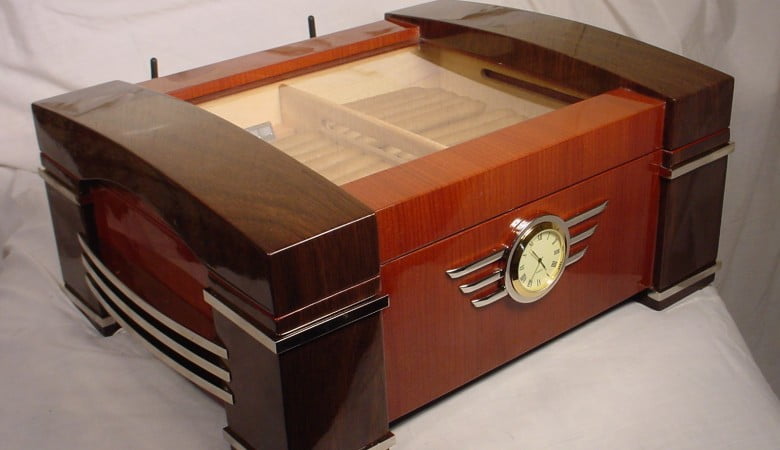The Harvard College Observatory (now the Center for Astrophysics) in Cambridge, Massachusetts, has long been a bastion of astronomical studies, its history stretching returned to the center’s founding in 1839. But for the primary forty years of its existence, the HCO was quite literally an antique boys club. While novice woman astronomers helped fund or even construct the observatory’s telescopes, “it wasn’t actually visible as the right to allow them out on the roof, in the night time, on their very own, to truly use instruments.

Daina Bouquin, Head Librarian of the Wolbach Library on the Center for Astrophysics and lead the Phaedra undertaking, instructed Engadget. Collectively “And the primary group of people to try this, to prepare a complete survey of the whole seen universe on the time was the Harvard Computers. The starting of the complete ability to try this starts like pictures, with human beings putting those all-sky surveys collectively,” she persevered.
In the mid-1870s, the fourth director of the HCO, Edward Charles Pickering, began to rent women computers specifically to analyze the observatory’s developing series of glass plate snapshots. “Basically, the appearance of pictures and glass plate photography, particularly, allowed women to get involved with the science for the first time,” Bouquin said.
But woe is to folks that underestimate the Computers’ contributions to trendy astronomy. Take Henrietta Swan Leavitt, one of the early members of the HCO, as an instance. She studied Cepheid stars. These stars dim and brighten at regular periods inside a set variety of luminosity. In Leavitt’s generation, the map of the universe became successfully flat, the concept of gravity wells was still years far from components, and astronomers had been effectively unable to measure distance throughout the area. But thru her rigorous observations and analysis, Leavitt developed the length luminosity courting that’s now called Leavitt’s Law.
You may not have heard of Leavitt. However, you’re possibly acquainted with a person named Edwin Hubble. The former changed into nominated for the Nobel Prize after her dying “due to the fact this courting that she observed can most effective surely be seen across many, many plates and the very bizarre reductions that she did, it wound up being the idea of Hubble’s work,” Bouquin stated. “She made it so you should tell distance, and so then while Hubble took that calculation and incorporated it into his work, he became capable of proving that we weren’t the most effective galaxy.
Leavitt’s paintings are also essential to Einstein’s theories of relativity and the curvature of space. “Our information of whether or not the universe is the galaxy or something a whole lot greater than that,” Bouquin exclaimed, “comes from the work of this one girl analyzing these plates.
Pickering plans to take complete-sky surveys, photograph the night sky onto glass plates, then evaluate the plates to see how celestial items pass and interact over the years. The catalog itself changed into and still is massive. Between 1860 and 1990, the HCO compiled a collection of extra than 500,000 glass plate pictures from all around the world. “This is the maximum comprehensive photograph we’ve got going again,” Bouquin expounded. “And it is longitudinal time collection records so that you can clearly see how man or woman items trade over time.
Through their paintings, the Harvard Computers compiled more than 2,500 log books filled with particular measurements and graphs in their analyses, “what they had been doing, what they are writing, their notes and their strategies — all of the metadata, basically — about their observations” went into the logbooks, Bouquin said.
But after of entirety, those logbooks were in large part forgotten. They spent more than four decades being transferred among various documents and libraries inside the college. “They simply sort of went with the plates,” Bouquin said. “And a whole lot of the point of interest for the longest time has been on getting the facts off of the plates because it is sincerely the magnitudes and the photometry inside the mild curves that the scientists want.









